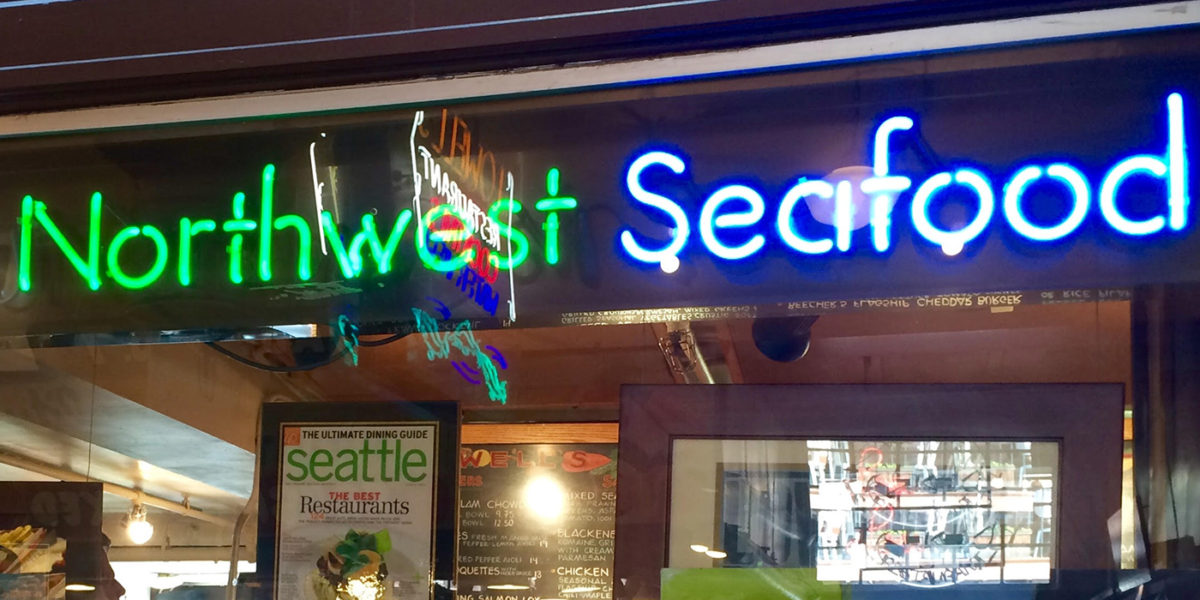If you have ever woken up early to wander the stalls of a fish market, you can relate to my feeling of anticipation leading up to the SeaWeb Seafood Summit. The fish market brings to the surface a sample of the undersea world that you cannot see day-to-day. You know that some jewels will be revealed to you. You revel in the diversity of the species, each with its own niche, but collectively making up an exquisite system.
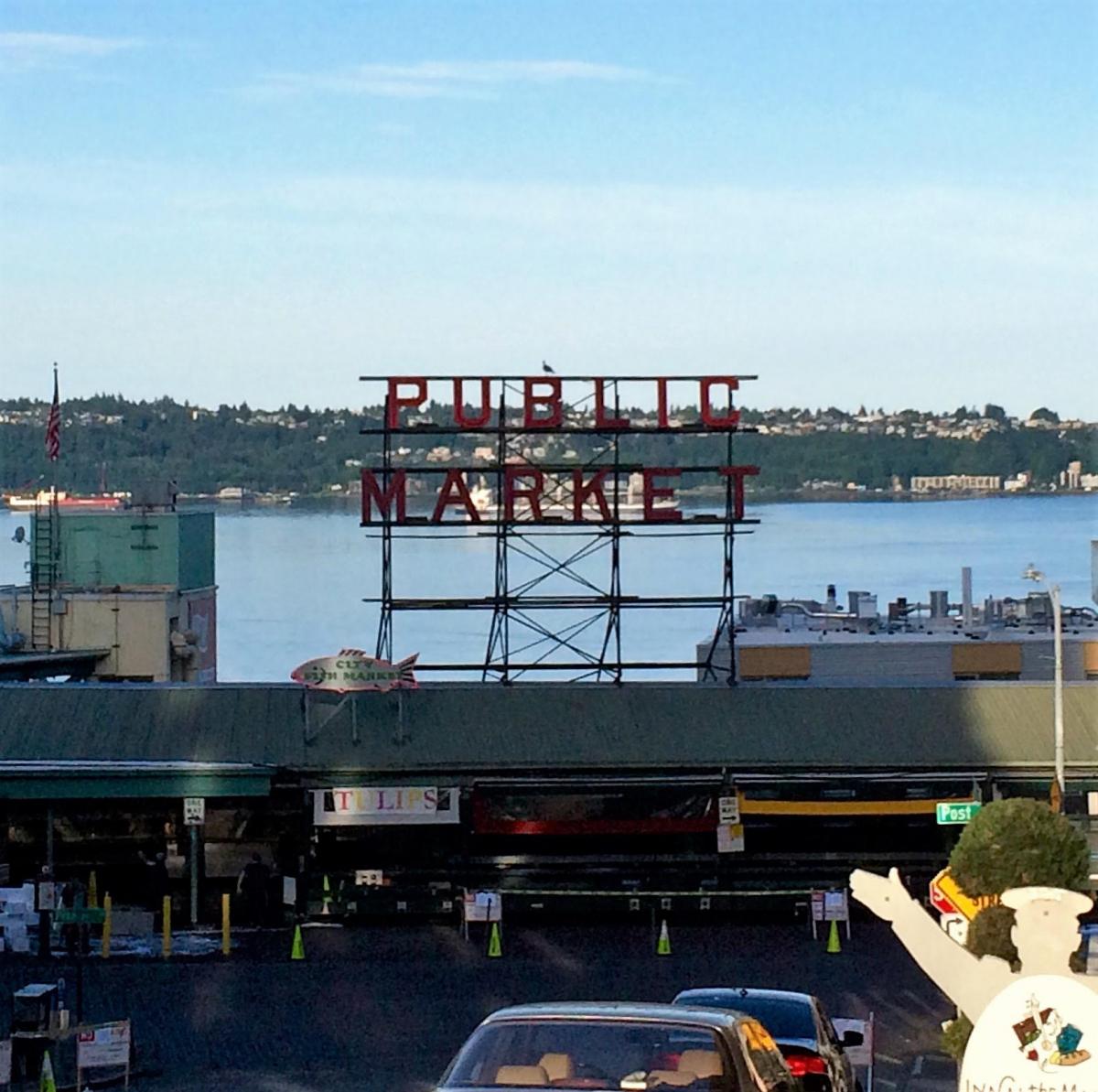
The SeaWeb Seafood Summit made tangible the strength of the collective last week in Seattle, with nearly 600 people committed to seafood sustainability coming together to reflect, assess, and strategize. The unique opportunity to interact with diverse stakeholders – industry, business, NGOs, government, academia, and the media – gathered attendees from 37 countries. Issues from the supply chain to consumer practices were discussed, connections were made, and valuable next steps established.
Perhaps the biggest take-home message was to continue the trend toward collaboration, to promote change at scale and speed. The topic of a pre-conference workshop, “pre-competitive collaboration,” is a jewel of a concept. Simply put, it is when competitors work together to lift the performance of the whole sector, pushing it toward sustainability at a much quicker rate. It is a driver of efficiency and innovation, and its implementation points to a wise acknowledgement that we have no time to waste.
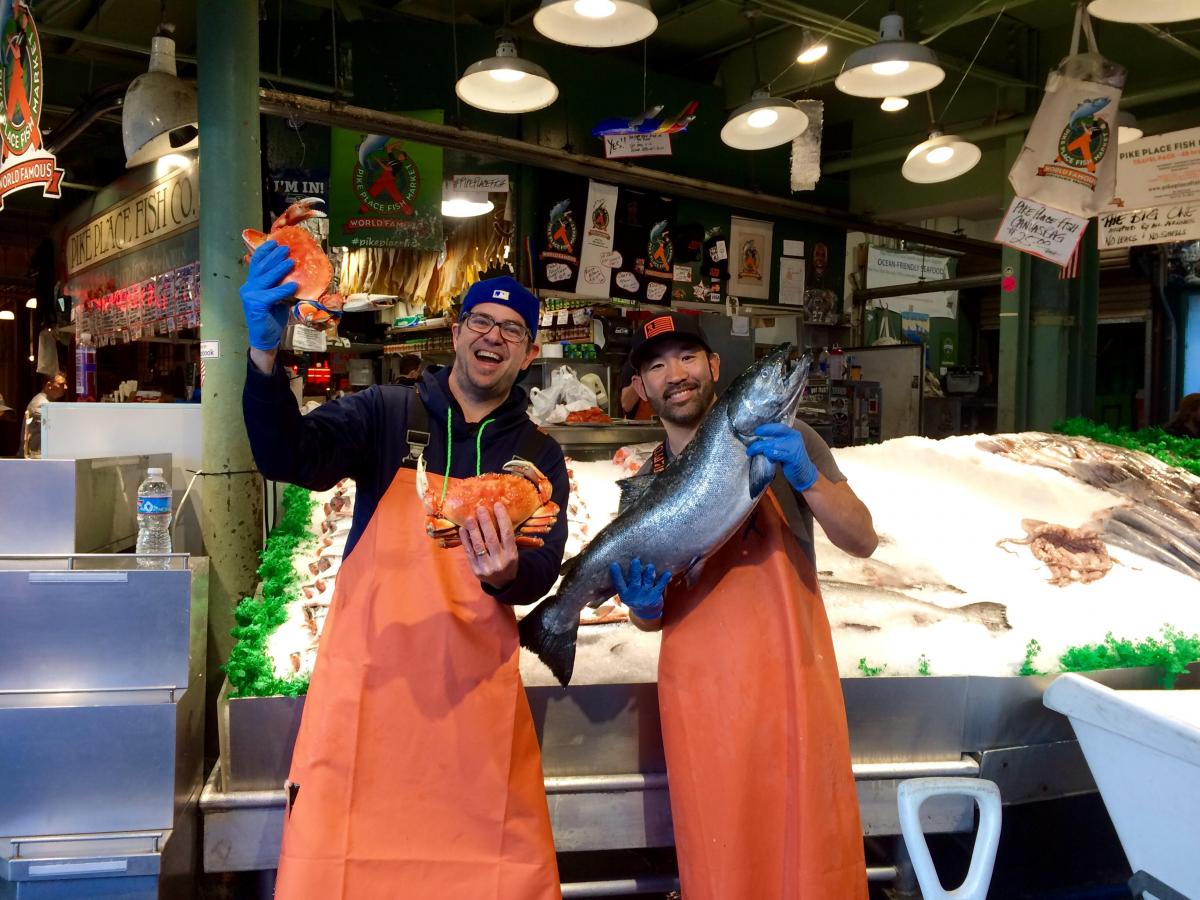
Pre-competitive collaboration is being successfully applied to the challenges of fishery certifications, aquaculture disease management, and alternative feeds, among other areas. More than 50% of companies in the global farmed salmon sector are now working together pre-competitively through the Global Salmon Initiative to drive the industry toward sustainability. The philanthropic sector has created the Sustainable Seafood Funders group to focus jointly on the key issues in seafood sustainability. Eight of the world’s largest seafood companies have formed Seafood Business for Ocean Stewardship, a collaborative group committed to addressing top sustainability priorities. It’s all about using limited resources wisely; not only environmental and economic resources, but also human resources.
The opening keynote speaker, Kathleen McLaughlin, President of the Wal-Mart Foundation and Senior Vice President & Chief Sustainability Officer for Wal-Mart stores, highlighted “watershed moments” of collaboration in the fisheries and aquaculture industries over the past 20 years. She also inventoried some of our most pressing issues moving forward: Illegal, Unreported, and Unregulated (IUU) fishing, overfishing, forced labor, food security, and waste from bycatch and processing. It is imperative that progress continues to be made, especially on slave labor and IUU fishing.
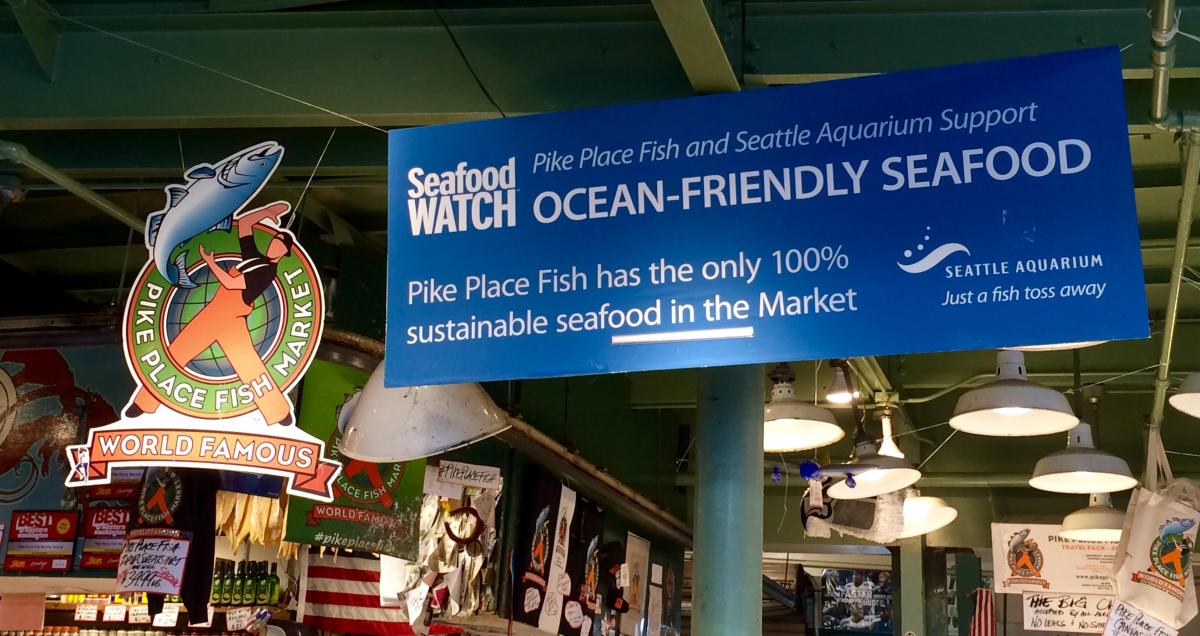
When we (the global seafood sustainability movement) consider the recent positive developments highlighted at the conference, we can point to examples of rapid change and cheer each other on to keep our collective foot on the gas pedal. Traceability in the seafood industry was almost non-existent until about six years ago, and we are already accelerating from traceability (where it was caught) to transparency (how it was caught). The number of Fishery Improvement Projects (FIPs) has more than tripled since 2012. After many years of deservedly negative headlines about the salmon and shrimp farming industries, their practices have improved and will continue to improve if the pressure stays on.
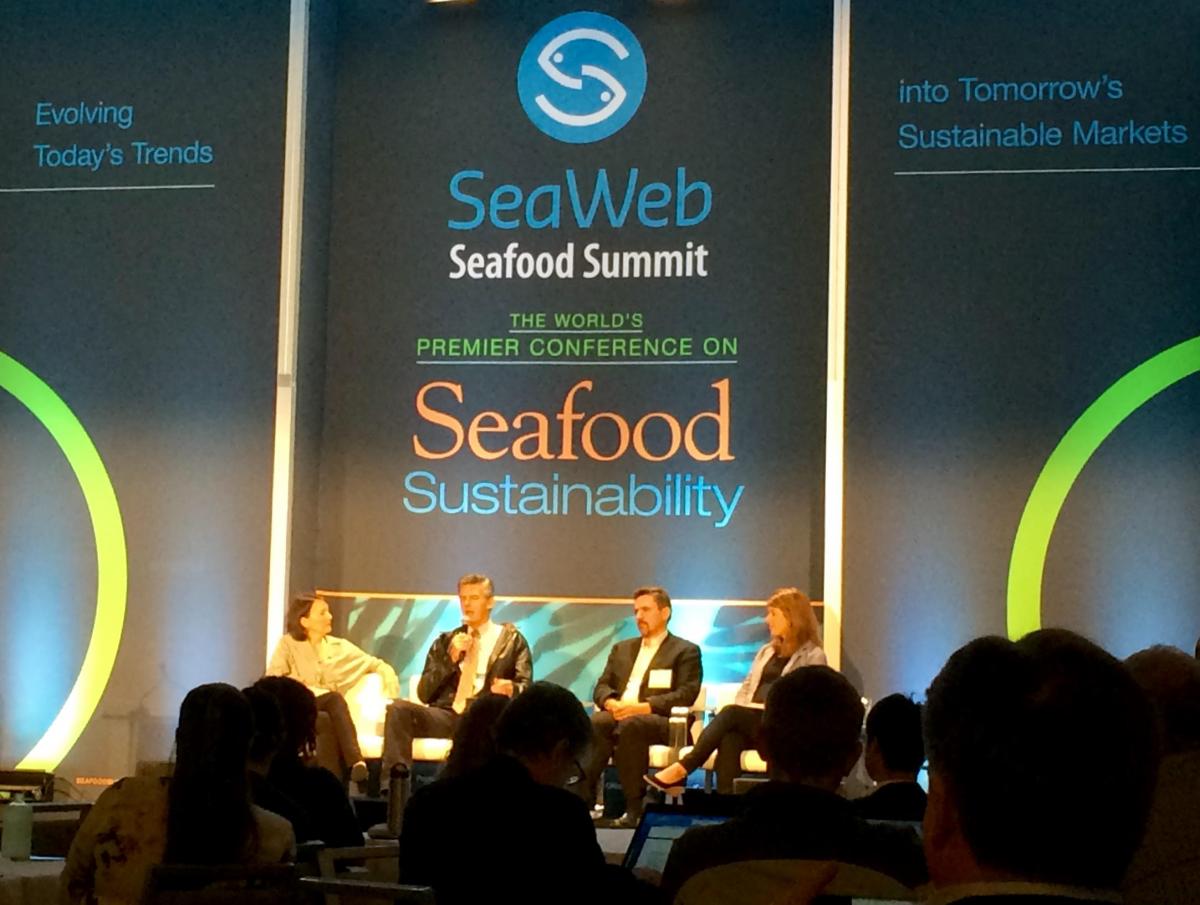
As a percentage of global catch and global aquaculture production, we still have much water to cover to bring others into the circle of sustainability. However, geographical regions that have been lagging are stepping up. And leaving the “business as usual” crowd alone is not an option when there is an urgent mandate to repair the planet, when the worst actors bring down the reputation of an entire sector, and when more and more consumers are aligning their environmental, social, and health priorities with their purchases (in the US, it’s 62% of consumers, and this number is even higher in other parts of the world).
As Kathleen McLaughlin pointed out, one of the most important factors moving forward is the ability of frontline leaders to accelerate a shift in mindset and behavior. Avrim Lazar, a “social convener” who works with a diverse set of groups in many sectors, affirmed that people are just as much community-oriented as we are competitive, and that a need for leadership calls forth the community-oriented trait. I believe that the measurable increase in true collaboration supports his theory. It should give us reason to hope that everyone will pick up the pace toward becoming part of the winning team – the one supporting a larger, exquisite system in which all components are in balance.
